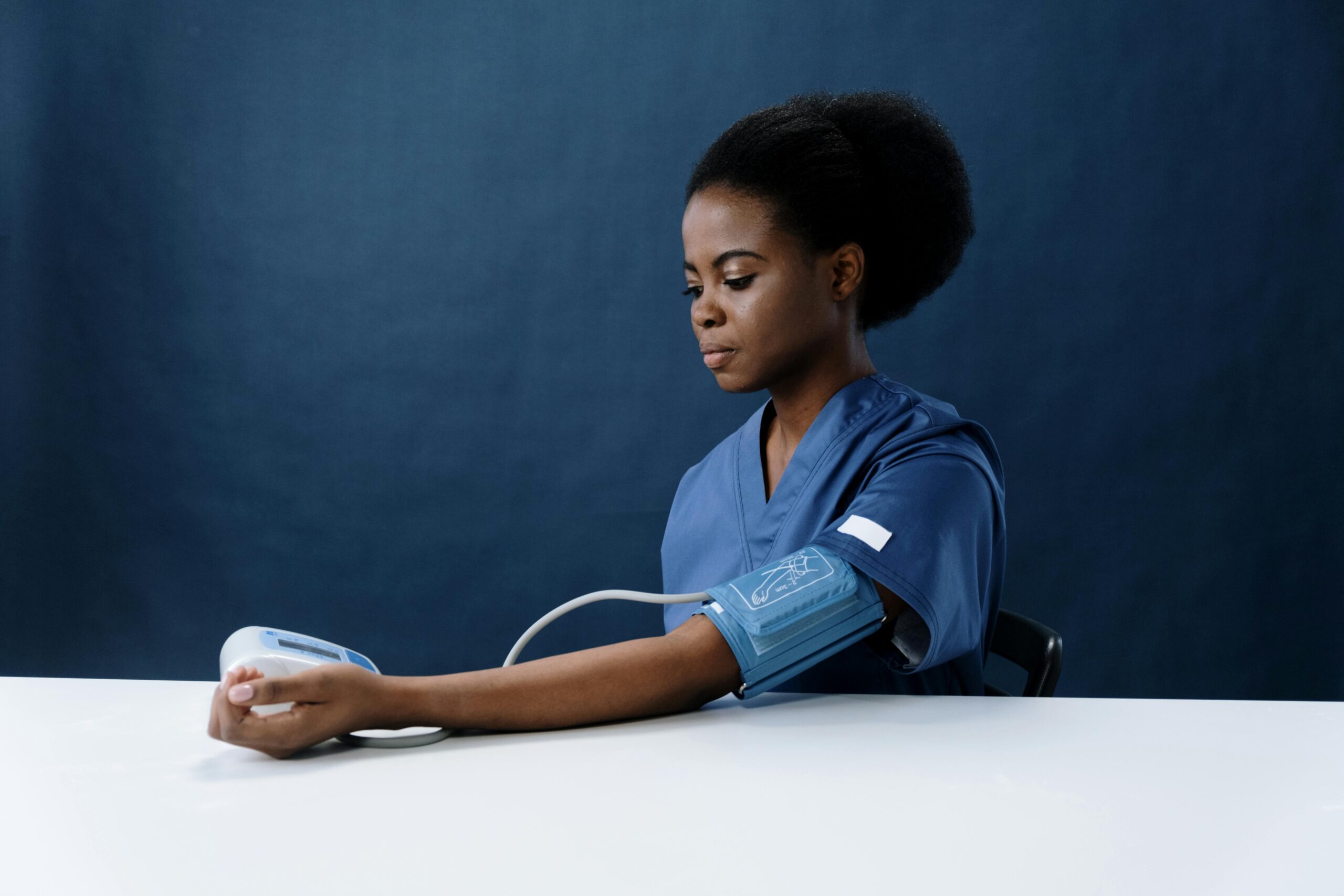Smaller and stiffer hearts, untraditional and unclear symptoms, and a general lack of awareness make cardiovascular diseases the NUMBER ONE KILLER for women globally.
Do cardiovascular diseases (CVDs) present differently in men and women? Doctors say yes — and the differences go back to anatomy, physiology, and behaviors as well.
According to the Centers for Disease Control and Prevention (CDC) in the US, heart disease is the leading cause of death for women in America, killing 310,661 women in 2021 — or about 1 in every 5 female deaths. “Despite this, only about half (56%) of women recognize that heart disease is their number 1 killer”. In India, too, CVDs are the No 1 killer in women, more than all the cancers (breast, cervical etc) put together.
It is well known that women, even globally, experience CVDs 10 years later than men, being protected by the oestrogen hormone. It is only during menopause, when the woman’s body stops producing estrogen, that she may find herself more probe to heart attacks. So typically, pre-menopausal women have higher levels of HDL (high-density lipoprotein) cholesterol, also known as the ‘good’ cholesterol, which insulates them from CVDS. Men may experience high levels of LDL (low-density lipoprotein) cholesterol, earlier in their lives because they don’t have that protection cover of oestrogen.
WOMEN ONLY:-
Between the ages of two and 12 years, boys and girls show a similar rise in cholesterol levels every year as they grow up. “Once the girl gets her periods and hormonal interplay comes into the picture, the deviation starts.” “So earlier, women in their 20s,30s, and 40s may have been considered at low risk for CVDs. But today, everything is changing. Menarche is coming on earlier, and so is menopause.”
For women, there are reproductive system-related risks. Dyslipidaemia — or an imbalance in lipids — sometimes occurs during pregnancy. And high dyslipidaemia could result in adverse pregnancy outcomes (such as stillbirth and miscarriage) and puts women at greater risk of CVDs in future.
“Dyslipidaemia in pregnancy is also associated with hypertension and conditions such as eclampsia and pre-eclampsia.” “Pregnant women may also find their cholesterol levels elevated during their second and third trimester. All these things make them prone to heart attacks later in life.”
There are two kinds of risk factors for women. First are women-specific risks that have to do with reproductive-related complications, such as pregnancy-induced hypertension or gestational diabetes or having a weak heart during pregnancy. “These women may suffer from CVDs later in their life so their cases need to be evaluated aggressively after pregnancy — during the post-partum stage — for the future possibility of CVD, and treated accordingly.”
SMALLER HEARTS:-
The second kind of factors are those that exist for both men and women, but may be more predominant in the latter, such as auto immune diseases like lupus, rheumatoid arthritis, etc.
“Women are unlike men in many ways”. “Their hearts are smaller and stiffer; their coronary arteries are also different, and may sometimes have considerable endothelial dysfunction. This is why coronary artery diseases (CAD) in women are more ‘diffused’ than in men, and therefore harder to detect.” There are instances when a woman complains of chest pain, but an angiography may show the coronary artery to be normal.
“When a man comes with a heart attack, we do an angiography and we may find a discrete lesion.” “We open up that lesion and insert a stent. In the diffused conditions that women often present, the entire artery may be diseased or more calcified, which makes it harder to put in a stent, or may require repeated procedures, or the stent may be inserted for only a short time. In all these cases are not good.”
CHANGING TIMES:-
Many times the diagnosis of a heart attack is itself missed because physicians believe — erroneously — that a young, menopausal woman is less at risk than an older person. “It is mistakenly believed that young women do not have heart problems.” “But we are at an inflection point in society when women are getting pregnant later, having fewer babies, seeing many more pregnancy-related complications and are also exposed to the same traditional risk factors for heart attacks as men such as smoking, diabetes, hypertension, etc. Infertility treatments are also becoming popular and these may lead to conditions such as thrombosis, and, later, CVDs.”
Here’s a fairly common scenario in Indian families. The woman of the house suddenly starts to feel unwell: she experiences a vague discomfort; dizziness and headache; perhaps some abdominal bloating and discomfort; maybe even a tightness in her chest, palpitations and a sinking feeling; or some neck pain. She either ignores it because she has too much work at home, or pops a standard pill hoping the uneasiness will pass. Or, in a third scenario, she goes to her local GP and he diagnoses her as suffering from anxiety, gives her some calming medication, and sends her home.
“Chances are that in more than 50% of such cases, the woman is actually having a heart attack and she she doesn’t even know it.” “Women present symptoms of CVD differently from men. They may not have severe chest pains, but they are probably still experiencing a myocardial infarction (MI).”
“Women generally have a lower prevalence of CVD than men. Number of studies has shown that after an acute cardiovascular (CV) event, women have a greater death rate and a worse prognosis.” It adds that cardiovascular deaths in women are still under-recognized and untreated.
“We need to educate women that with changing lifestyles, delayed pregnancy, increased infertility treatments, early menarche, and early menopause, there is a shift from traditional patterns of CVD occurrence.” “Women need to consider this a serious health risk today.”





